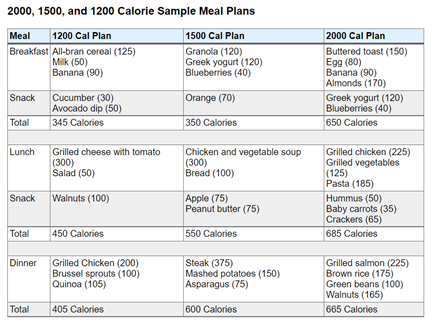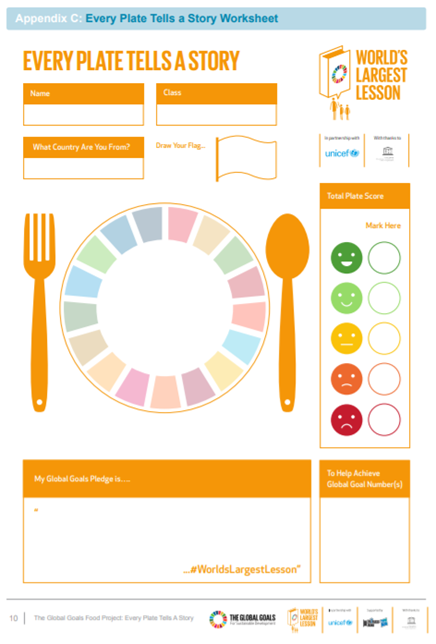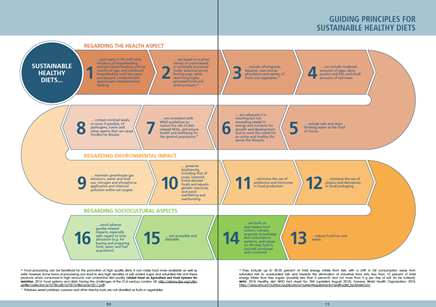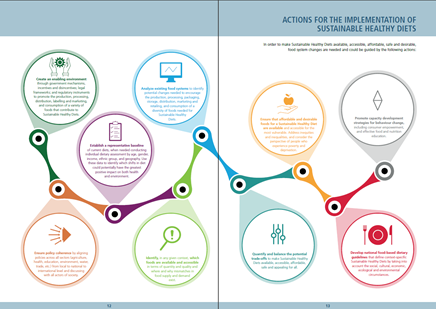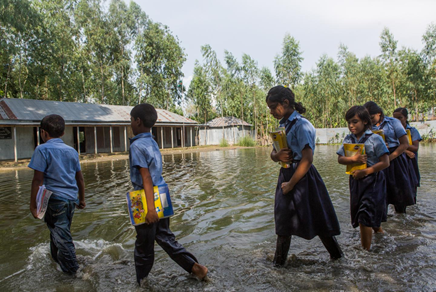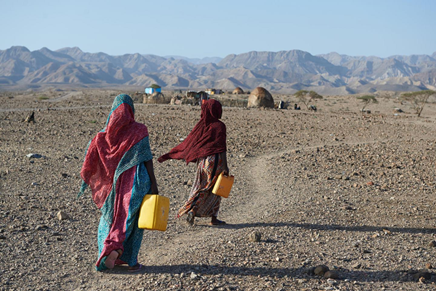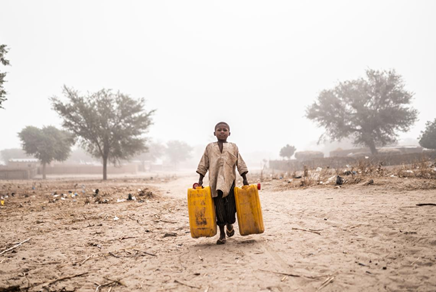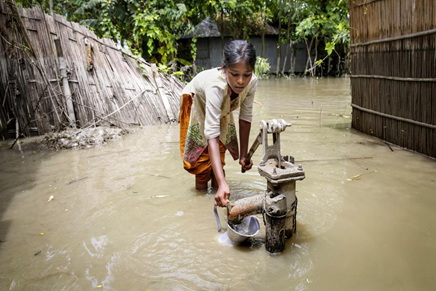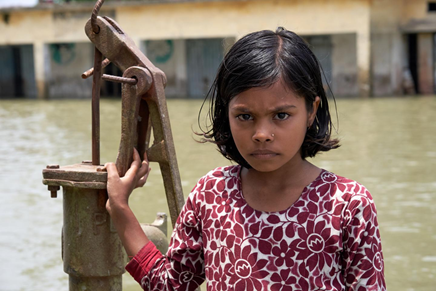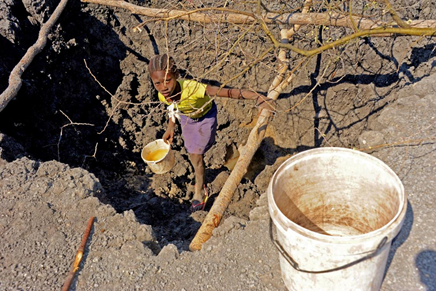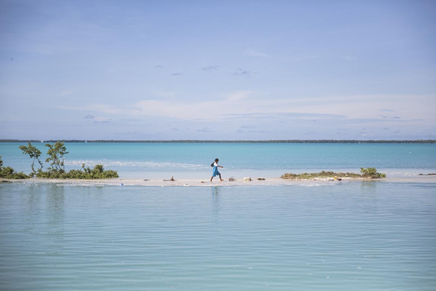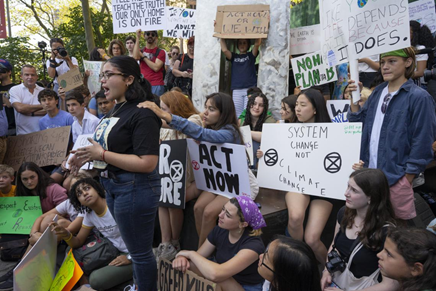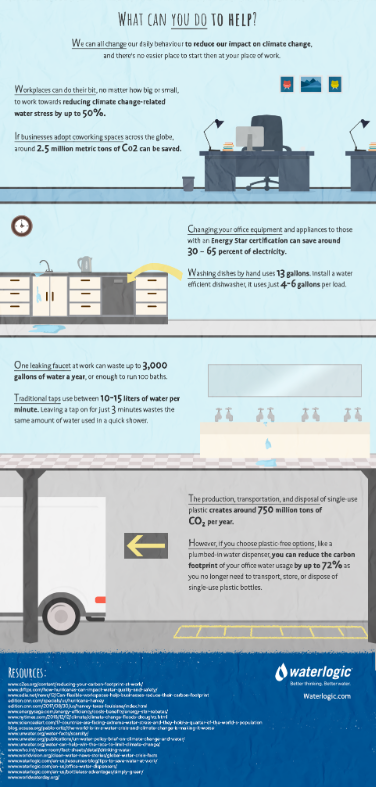HEALTH, SANITATION AND WELLBEING
UNIT „ HEALTH, SANITATION AND WELLBEING “
This lesson addresses nutrition issues in the contemporary world. The objective of this lesson is to help students to be aware of sustainable healthy diets and food consumption patterns
Duration: 10 min |
Learning outcome: +Changing perspectives +Critical thinking +Open-mindedness |
Learning skills: Vocabulary Speaking |
Match different foods with the given number of calories. Time’s up |
Duration: 10 min |
Learning outcome: +Changing perspectives +Critical thinking +Open-mindedness |
Learning skills: Vocabulary Speaking |
Search calories per food information through Google and calculate your daily intake of calories including meals (breakfast, lunch, dinner) and other snacks. Then, share what you have written.
|
Duration: 10 min |
Learning outcome: +Changing perspectives +Critical thinking +Open-mindedness |
Learning skills: Vocabulary Speaking |
Calculate your daily calories needs through the given websites and calculator sites. Than, express your opinion based on your daily calories intake and calorie needs also including BMI, Fat etc Sample: Source: https://www.eatthismuch.com/ https://www.calculator.net/calorie-calculator.html https://www.bbc.co.uk/food/articles/how_many_calories_do_you_need |
Duration: 10 min |
Learning outcome: +Changing perspectives +Critical thinking +Open-mindedness |
Learning skills: Vocabulary Listening |
Watch the video and focus on healthy food rich in protein and carbohydrates by identifying types of food mentioned in the video. Then, come up with other types of healthy food not directly mentioned in the videoFinally, identify factors important in defining daily calorie needs. Words: Average Poultry Basal Metabolic Rate (BMR) Amount Calculate Measure Consume Healthy food mentioned in the video: whole-grain, fish,and poultry Factors in defining daily calorie need: BMR, Physical Activity and Thermic Effect of Food Healthy food not mentioned in the video: Dairy, Eggs, Produce and meat |
Duration: 20 min |
Learning outcome: +Changing perspectives +Critical thinking +Open-mindedness |
Learning skills: Vocabulary Speaking Reading |
Please, visit the given website to read about what the World eats and then they come up with at least 5 key facts having read the given text. Then, share your findings with the rest of the group. Shared screen (online) Laptop and projector/smart board (in person) Following words can be challenging based on the level of the group can be focused on by the teacher: consumption breakdown proportion Pattern Quantity Intake Rank Population https://www.vocabulary.com/ Example key facts: Average calorie intake of the World has risen from 2194 to 2870. Average grams of food consumed has risen from 1357 to 1878. The country with the lowest calorie intake is Somalia. The country with the highest calorie intake is the United States. Somalia is the country where milk is the most consumed type of food. China is the fastest country in terms of the increase in daily caloric intake. The country with the lowest meat consumption is India. Libya is a country where the economy and international ban on oil production affected their food consumption with a drastic decrease in 1980s. |
Duration: 10 min |
Learning outcome: +Changing perspectives +Critical thinking +Open-mindedness |
Learning skills: Writing Speaking |
You are given the definition of Sustainable Healthy Diets considering a globally sensitive perspective. Then, reflect on a daily diet plan which can be both sustainable and healthy for everyone across the world. For key facts on a healthy diet, you can be referred to the website of WHO. You can also visit the website of WWF. Definition of Sustainable Healthy Diets: Dietary patterns that promote all dimensions of individuals’ health and wellbeing; have low environmental pressure and impact; are accessible, affordable, safe and equitable; and are culturally acceptable.
Key facts about a sustainable healthy diet: WHO:https://www.who.int/news-room/fact-sheets/detail/healthy-diet WWF:https://wwf.panda.org/discover/our_focus/food_practice/sustainable_diets/
Source: http://cdn.worldslargestlesson.globalgoals.org/2017/07/WLL-Lesson-Plan-July-Edit-20173.pdf |
Duration: 10 min |
Learning outcome: +Changing perspectives +Critical thinking +Open-mindedness |
Learning skills: Speaking |
Please, select a country and focus on your usual breakfast. Then, find breakfast images on oogle or can refer to a text by CNN Travel. Then, you are expected to debate on those breakfast types in terms of health and sustainability.
CNN Travel. Breakfast Around the World: https://edition.cnn.com/travel/article/breakfast-food-around-the-world/index.html
http://cdn.worldslargestlesson.globalgoals.org/2017/07/WLL-Lesson-Plan-July-Edit-20173.pdf
Vocabulary items that can be used in the debate: portion ingredient refreshments recipe bite loaf dairy spicy salty tasty pancake pastry specialty diversity selection appetite
Guiding questions: What differences do you observe between/among types of breakfast in different countries? Discuss breakfast routines in terms of calorie and health. Considering the ingredients to prepare those types of breakfast, are they sustainable or not in terms of production and preparation?
|
Duration: 20 min |
Learning outcome: +Changing perspectives +Critical thinking +Open-mindedness |
Learning skills: Reading Writing |
Please, read about “Guiding Principles of Sustainable Healthy Diets” by referring to the linked document on pages 10 and 11. Also read “Actions for implementing sustainable healthy diets” on pages 12 and 13. Write an email ighlighting issues and proposing solutions to be addressed to the Food and Agriculture Organization (FAO) representatives in the selected country. (http://www.fao.org/about/who-we-are/worldwide-offices/en/ ) Writing Prompt: Research on the national diet and food routines of a specific country by focusing on production, distribution and consumption in terms of health, culture and environment. Identify potential issues and propose solutions based on the given guiding principles and suggested actions (Refer to pages 10-13).
Original file: http://www.fao.org/3/ca6640en/ca6640en.pdf |
UNIT „ Access to food and nutrition “
This lesson addresses issues related to climate change and its impact on agriculture and also health in the contemporary world. The objective of this lesson is to help students to be aware of the food production and hygiene problems caused by climate change.
Duration: 30 min |
Learning outcome: +Changing perspectives +Critical thinking +Open-mindedness |
Learning skills: Listening |
Please, take a quiz, first, on how diets can affect climate change. The quiz is linked here: https://www.universityofcalifornia.edu/longform/quiz-do-you-know-how-your-diet-affects-planet. Then, watch a video to help with the questions in the quiz. The video is linked here: https://www.youtube.com/watch?v=nUnJQWO4YJY. Finally, take the quiz again and answer all the questions correctly. You can also explore the website of the Climate Lab by the University of California linked here: https://www.universityofcalifornia.edu/climate-lab
Quiz on how diets can affect climate change: https://www.universityofcalifornia.edu/longform/quiz-do-you-know-how-your-diet-affects-planet
Video on the same topic: https://www.youtube.com/watch?v=nUnJQWO4YJY
The Website of Climate Lab by the Univ. of California: https://www.universityofcalifornia.edu/climate-lab  Time’s up |
Duration: 30 min |
Learning outcome: +Changing perspectives +Critical thinking +Open-mindedness |
Learning skills: Reading and writing |
Please prepare a quiz by exploring the website of Climate Lab by the Univ. of California. The quiz game is expected to be based on how diets and food waste can affect climate change. There are brief articles available on the website of Climate Lab, but you can also explore other sources.
Example: https://www.universityofcalifornia.edu/longform/how-much-do-you-really-know-about-climate-change Tutorial to prepare a quiz game with Kahoot. The tutorial video is linked here: https://www.youtube.com/watch?v=V4FQ-j91waA |
Duration: 10 min |
Learning outcome: +Changing perspectives +Critical thinking +Open-mindedness |
Learning skills: Speaking |
Play the quiz games through the quizzes/tests prepared in advance with Kahoot. With the help of this, you are expected to be familiar with the topic and ready for the upcoming topics (sustainability, water and climate change) by also discussing questions as you play. |
Duration: 5 min |
Learning outcome: +Changing perspectives +Critical thinking +Open-mindedness |
Learning skills: Speaking |
Please, watch a very short striking video titled “Earth’s Long-Term Warming Trend, 1880-2015” and comment on the facts shared and your personal opinion on the topic. The video is linked here: https://www.youtube.com/watch?v=gGOzHVUQCw0
Resources: NASA Video on Earth’s Long-Term Warming Trend, 1880-2015 : https://www.youtube.com/watch?v=gGOzHVUQCw0 |
Duration: 10 min |
Learning outcome: +Changing perspectives +Critical thinking +Open-mindedness |
Learning skills: Speaking |
Please focus on only water and its relationship with climate change by detailing how one affects the other and vice versa. Check out the pictures from the website of UNICEF and reflect on those images. The topic is: water scarcity, access to clean water, hygiene, global warming and increasing sea levels
Resources: https://www.unicef.org/wash/climate UNICEF/UNI315914/Haro Niger, 2020. Early in the morning, children go to the nearest water point to fetch water, 15 kilometres away from their home in Tchadi village UNICEF/UN0286415/Akash During the 2016 floods in Kurigram, northern Bangladesh, a girl tries to pump clean water from a standpipe. The contamination of drinking water supplies is a major risk during flooding. UNICEF/UN0328236/Chakma UNICEF Angola/2019/Carlos Louzada 10-year-old Ndahambela helps her family look for water underground every day in Ombadja municipality in southern Angola. UNICEF/UN055820/Sokhin A boy walks from school to his house in Aberao village in South Tarawa, Kiribati. Kiribati is one of the countries most affected by rising sea levels. UNICEF/UN0340758/Nesbitt Youth climate activists take part in a demonstration outside of United Nations Headquarters in New York City on 30 August 2019, calling for global action to combat climate change.
|
Duration: 10 min |
Learning outcome: +Changing perspectives +Critical thinking +Open-mindedness |
Learning skills: Speaking & Listening |
Please, watch the following video and take notes on at least two or three key facts on the relationship between water and climate change since water is mostly ignored when people are talking about climate change and carbon is usually central to the discussion. Then, share your notes with the rest of the class.
Sample facts: 90% of natural disasters are water related. Climate change affects the availability and quality of water. Climate change threatens food security, human health and economic growth.
Resources: Intro Video (UNESCO): Water and Climate change – The United Nations World Water Development Report 2020 – https://www.youtube.com/watch?v=WOjJtD6H8EI Water and Climate Change (UNESCO): Main messages of the UN World Water Development Report 2020, Water and Climate Change – https://www.youtube.com/watch?v=S21Ho5nF4PA Water Paradigm: Climate Change: The Water Paradigm – https://www.youtube.com/watch?v=Q8B4tST8ti8 |
Duration: 10 min |
Learning outcome: +Changing perspectives +Critical thinking +Open-mindedness |
Learning skills: Speaking |
You are assigned one fact from the list of 10 things that should be known about the climate crisis. Please, include two or three key facts including specific countries, events, numbers to support your assigned topic and enrich your posters in the form of an infographic. Then, create a poster by using Canva and present it to the rest of the class.
Resources: Canva Poster Tutorial (5 minutes): https://www.youtube.com/watch?v=dCv1oMXk-XM More detailed official Canva tutorial (30 minutes): https://www.youtube.com/watch?v=qCmNgfvq264
A very sophisticated/ideal sample is given below, but students can only create a very simpler version in the given time: https://earth911.com/living-well-being/infographic-water-climate-crisis/
|
Duration: 20 min |
Learning outcome: +Changing perspectives +Critical thinking +Open-mindedness |
Learning skills: Writing |
Please, visit Learn page of the WorldWaterDay website linked here: https://www.worldwaterday.org/learn Check the tool kit which can be downloaded form the same page. Afterwards, you can check several different templates provided on the website linked here: https://www.worldwaterday.org/share Finally, please come up with different solutions to one of the problems presented in the previous activity and create a social media post and send using the hashtag #worldwaterday.
World Water day website Learn: https://www.worldwaterday.org/learn World Water day website Share: https://www.worldwaterday.org/share World Water day website Act: https://www.worldwaterday.org/act
Poster showing what can be done to avoid a serious water crisis: https://earth911.com/living-well-being/infographic-water-climate-crisis/
|

